Rajshahi, Aug 28 (V7N) – Widely hailed as one of the cleanest and most livable cities in Bangladesh, Rajshahi stands as a model for urban cleanliness and environmental awareness. However, the city’s aesthetic and safety are increasingly threatened by the tangled and unmanaged overhead cables spread across its roads and neighborhoods.
Renowned for its clean air, tree-lined streets, and well-maintained public spaces, Rajshahi has earned a reputation as one of the most livable cities not just in Bangladesh but also internationally. However, this image is now under threat from a growing web of disorderly cables used by electricity, internet, and satellite TV operators.
The unregulated installation of wires on electric poles and lamp posts has led to dense clusters of cables across the city. In many areas, these cables are so heavily entangled that poles are leaning dangerously, pedestrian pathways are obstructed, and the overall beauty of the streets is diminished. Most alarmingly, these tangled cables pose a serious risk of accidents.
During the monsoon season, the increase in atmospheric moisture often leads to electrical short circuits. Instances of cables snapping and falling onto roads have already caused fatal incidents. According to Rajshahi City Corporation (RCC), at least seven fires and dozens of minor accidents have occurred in the past two years, with tangled cables being the primary cause.
Local businesses have also been affected. A shop owner in the RDA Market area recalled a past incident where a fire, reportedly caused by exposed wires, damaged part of the market. Despite the risks, there appears to be no long-term solution or immediate removal effort underway.
A visual survey of the city reveals the scale of the problem. In major commercial zones like Saheb Bazar, Moni Chattar, Laxmipur Mor, Ranibazar, Court Station, Bornali Mor, and New Market, electric poles are covered with layers of hanging wires. In some places, wires droop across roads, obstructing vehicle movement and endangering public safety.
Concerned citizens are voicing frustration. One parent said, “The City Corporation takes pride in receiving awards for cleanliness, yet it overlooks this mess. It’s terrifying to walk the streets with children, knowing these cables could fall any time.”
Urban planners have called for urgent intervention. Architect and city planner Shawkat Hossain stated, “If Rajshahi is to become a true smart city, utility lines need to be moved underground. This would preserve the city’s aesthetic and prevent further accidents.”
However, cost remains a major hurdle. City Corporation officials estimate that it would take several hundred million taka to complete the transition to an underground network. A comprehensive plan is reportedly in development, though implementation is still pending.
An RCC senior official mentioned that they have repeatedly issued notices to cable operators, but the operators continue to install new lines without permission. “Technically, we could cut the lines immediately, but that would disrupt internet and TV services for residents. A gradual, coordinated approach is needed,” the official said.
Civic groups and residents are urging action. Abdul Alim, a university student, remarked, “We all must work together to preserve Rajshahi’s beauty. The authorities must take firm action.” Another resident, Saifuzzaman, added, “We don’t want to see this beautiful city buried under cable clutter. We need a solution now.”
To maintain Rajshahi’s reputation as a clean, livable, and visually appealing city, solving the problem of tangled overhead cables is a pressing need. This will require planned efforts from the City Corporation, technical coordination with service providers, and active support from the community. Residents hope the city will not only stay clean but also remain truly beautiful—setting an example for other urban centers in Bangladesh and beyond.
END/MRA/SMA/



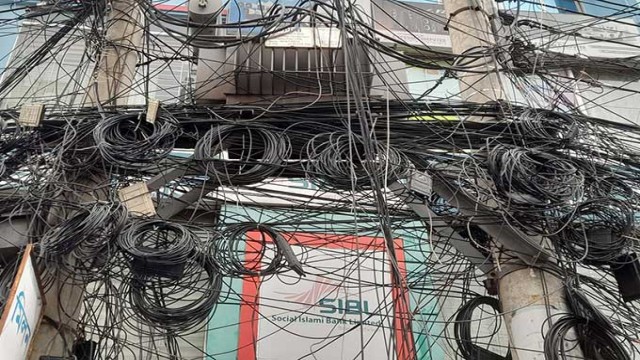
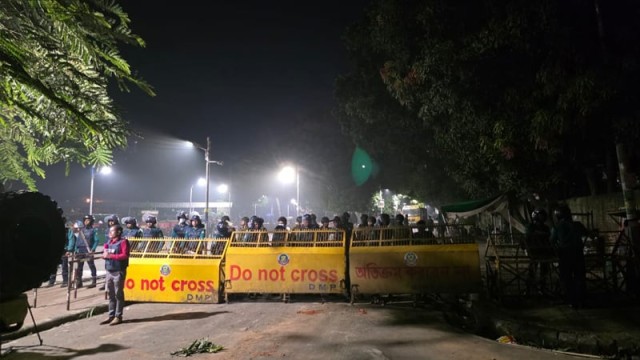
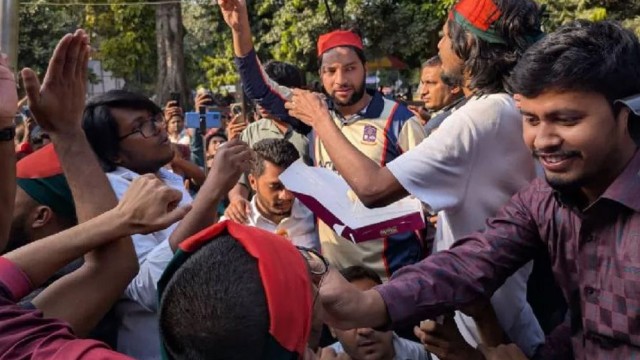
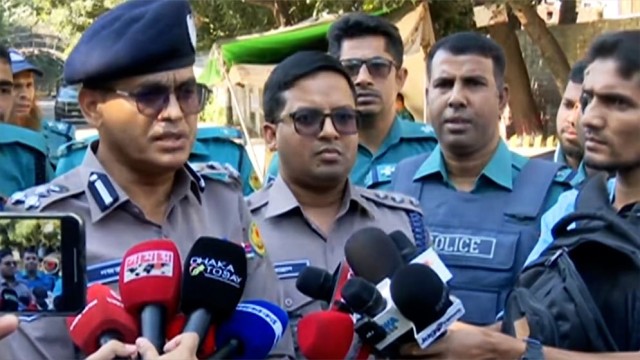
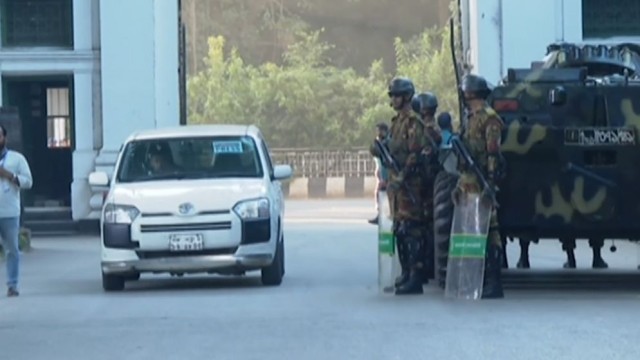
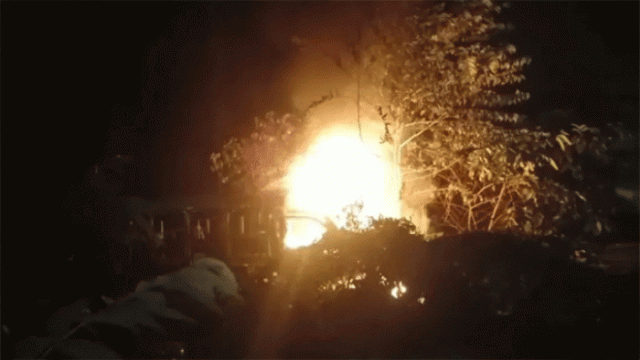
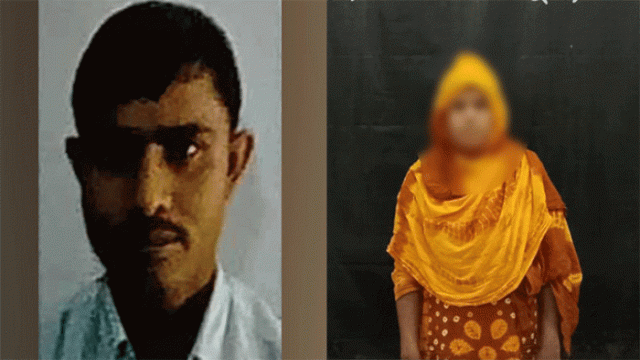
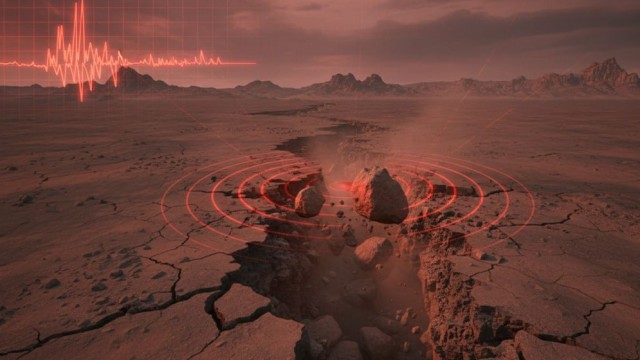
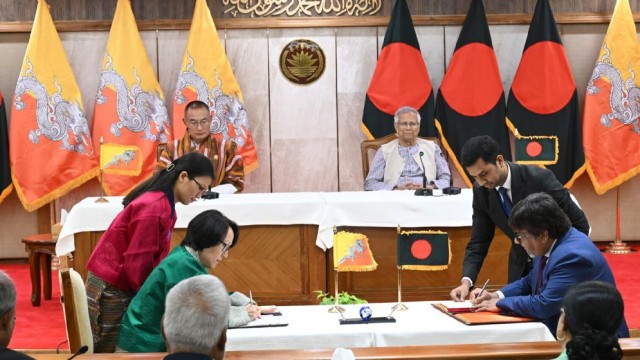

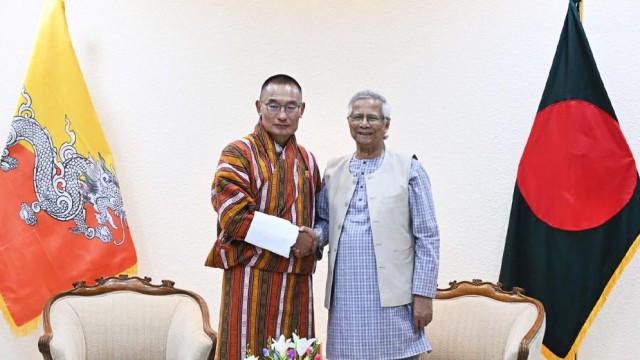
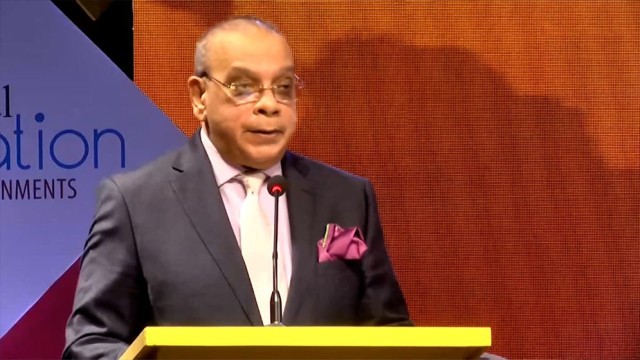
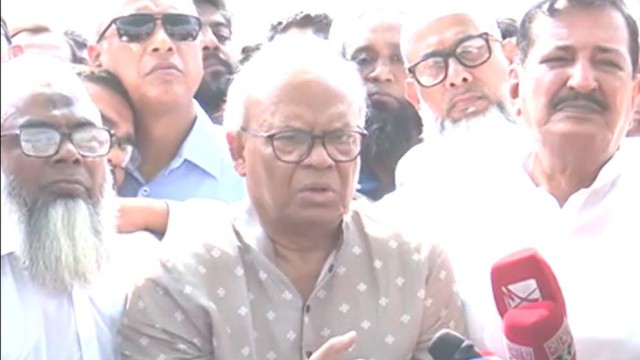
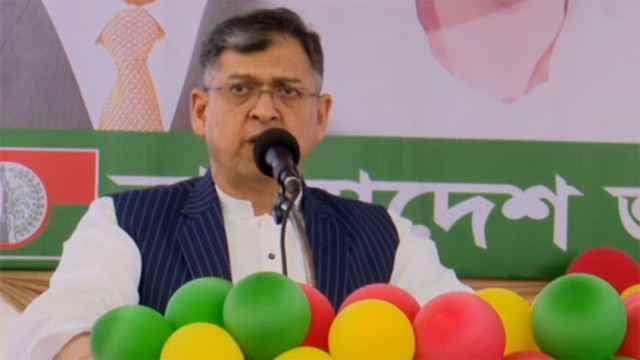
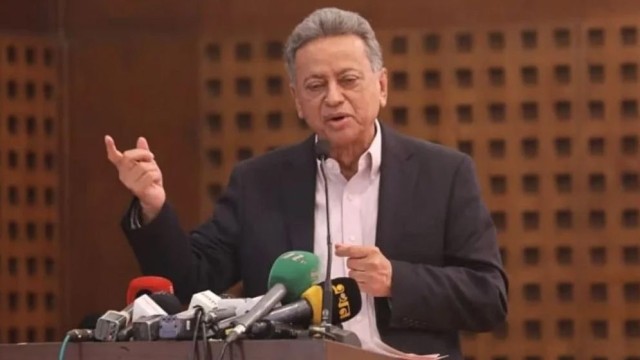
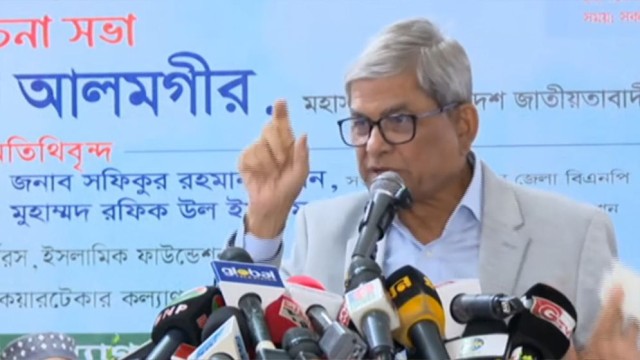
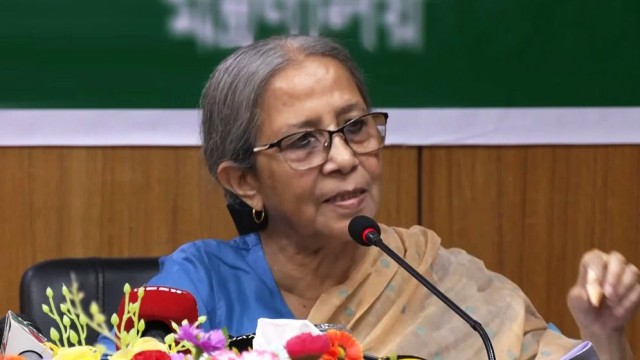

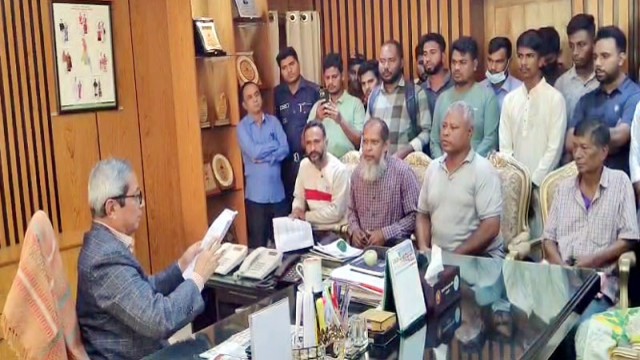
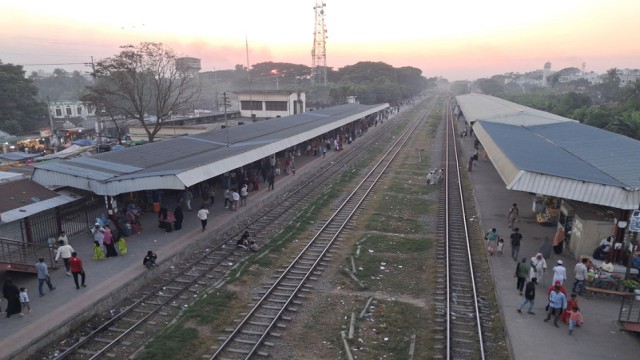
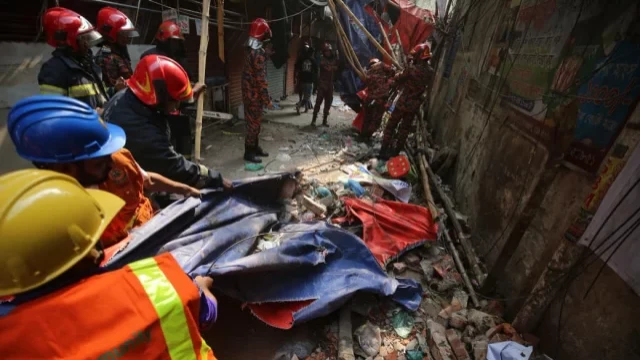
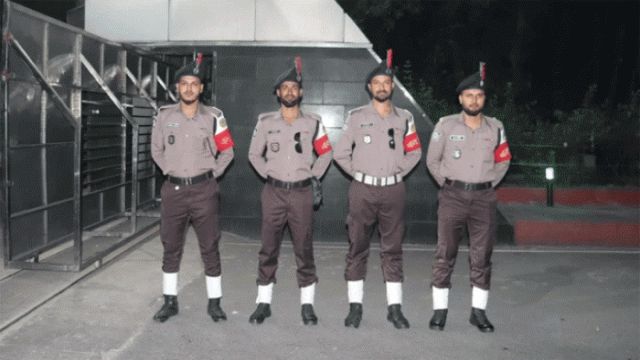
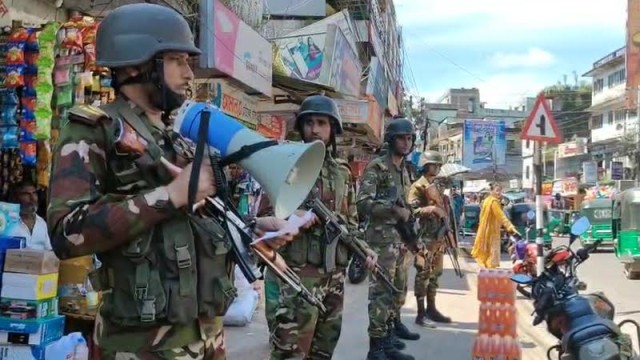
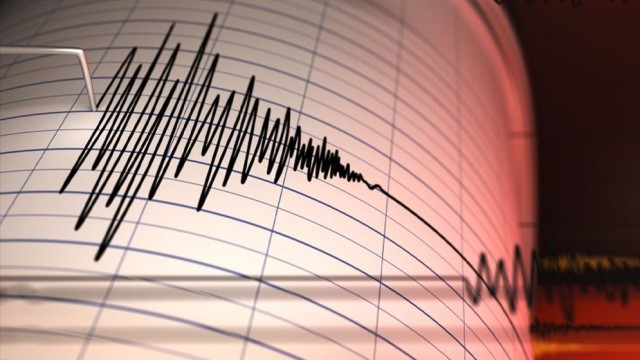
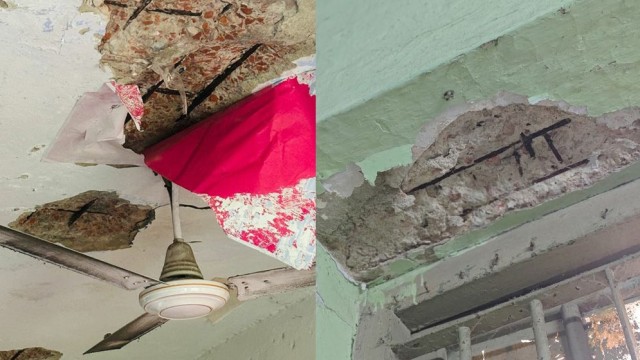
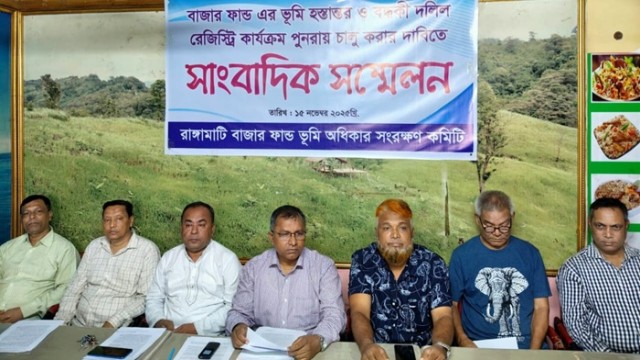
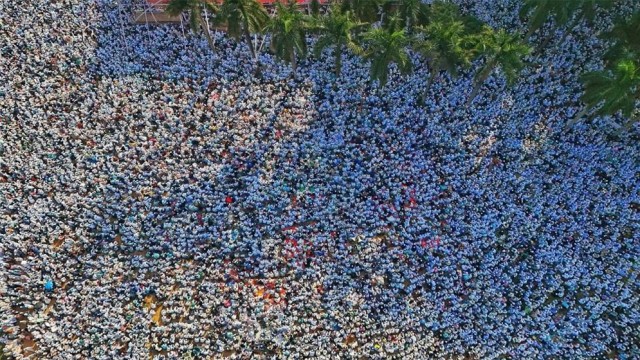

Comment: